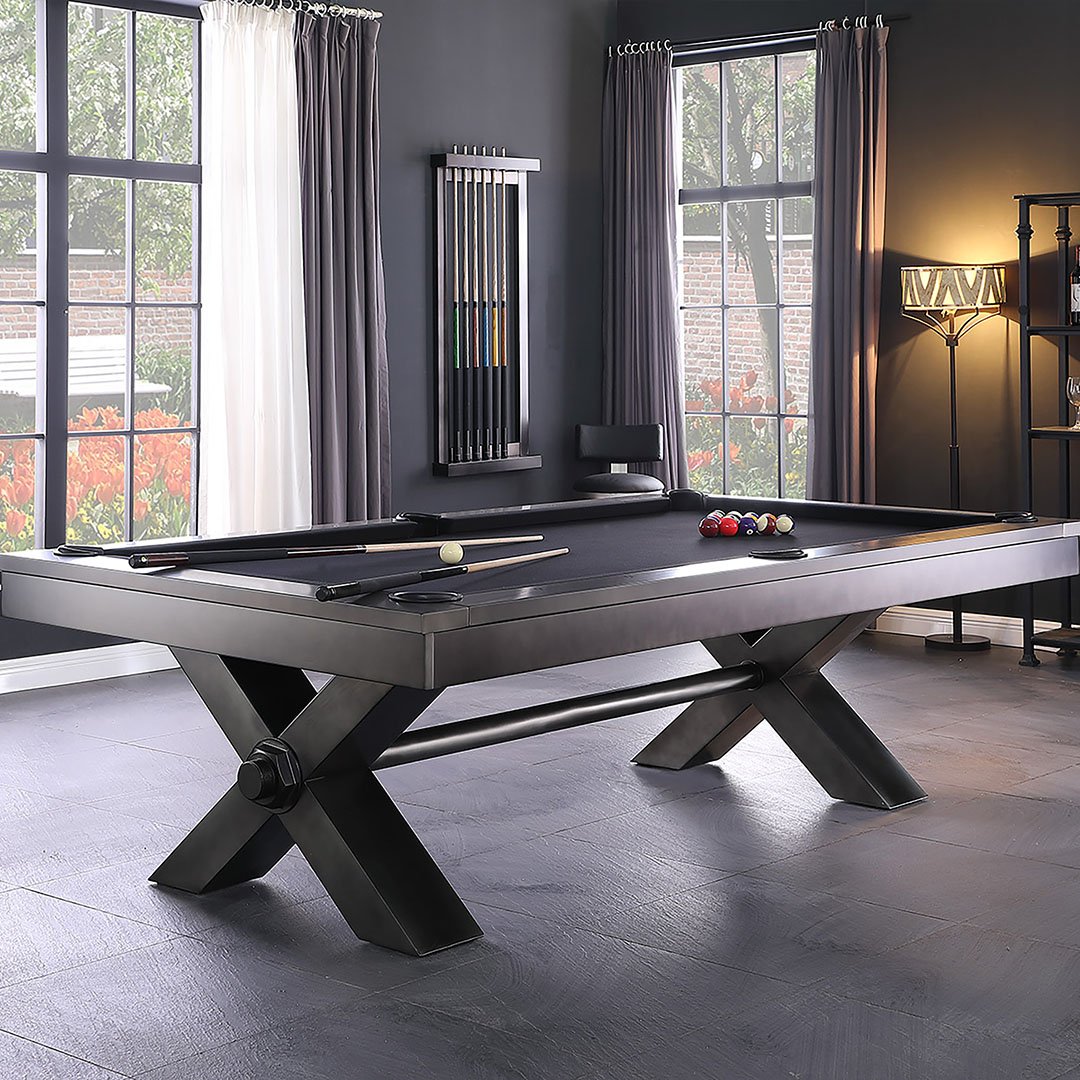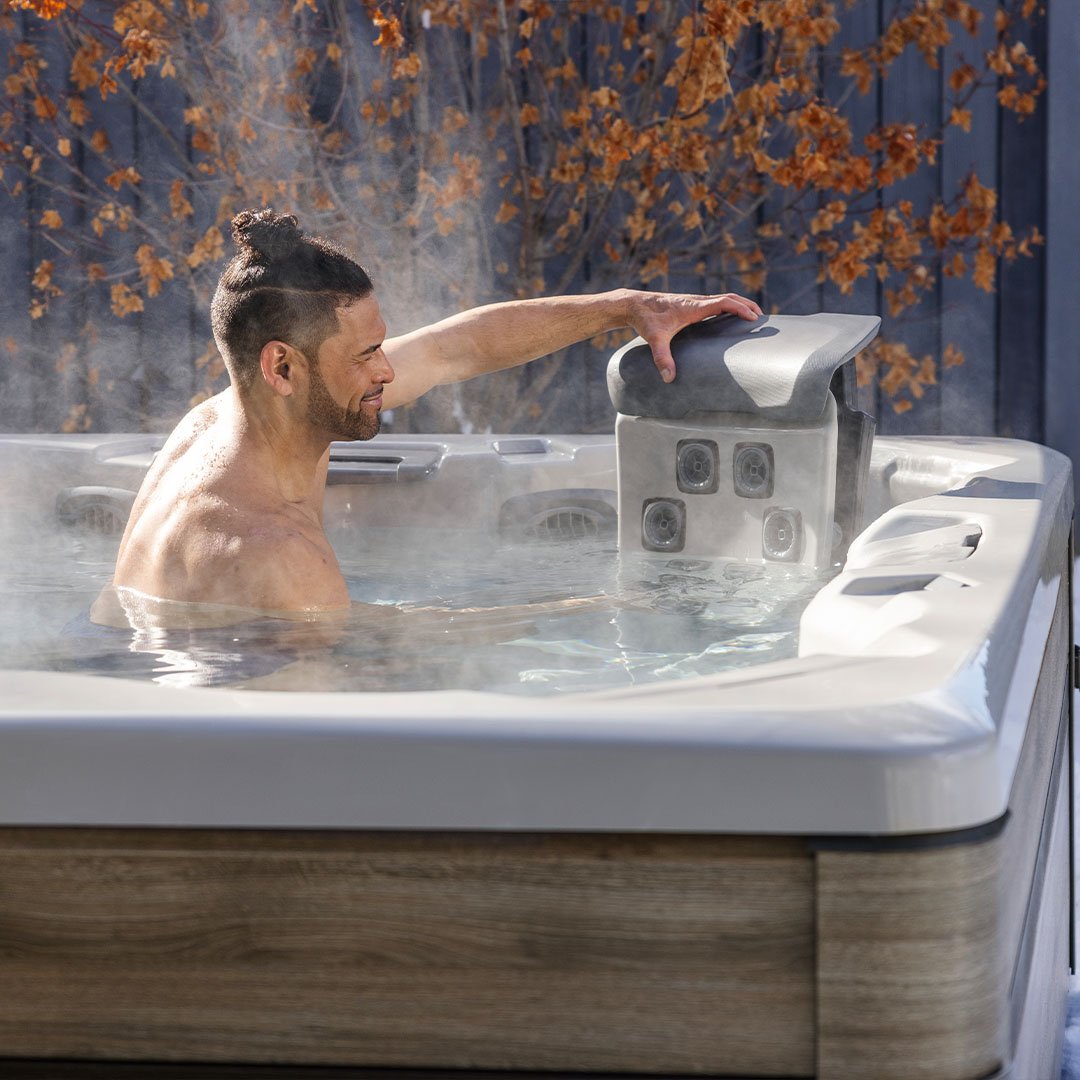The Complete Guide to Winterizing Pools
As the leaves start to change and temperatures begin to drop, pool owners should start thinking about winterizing their pools. Winterizing is the process of preparing your pool for the cold months ahead, ensuring it remains in top condition and ready for next season's fun. Below, we'll walk you through everything you need to know about winterizing your pool, whether it's in-ground or above-ground.
Why Winterize Your Pool?
Winterizing your pool is an essential step in pool ownership, particularly in regions with colder climates. This process offers several significant benefits, including:
- Protect Your Investment: Proper winterization shields your pool from potential damage caused by freezing temperatures and harsh winter conditions. This includes preventing cracks in the pool structure, damage to the plumbing system, and protecting expensive equipment like pumps and filters.
- Save Money: By taking the time to winterize, you'll avoid costly repairs that can result from winter damage. Frozen pipes, damaged liners, and compromised equipment can lead to expensive fixes come spring. Winterizing is a cost-effective preventive measure.
- Simplify Spring Opening: A well-winterized pool is much easier to open when warm weather returns. You'll spend less time and effort getting your pool ready for the new season, allowing you to enjoy your pool sooner.
- Maintain Water Quality: Winterizing helps prevent algae growth and keeps your pool water cleaner throughout the off-season. This means less work balancing chemicals and clearing up green water when it's time to reopen your pool.
- Extend Pool Lifespan: Regular winterization can significantly extend the life of your pool and its components. By protecting against the harsh effects of winter, you're ensuring that your pool remains in good condition for many years to come.
- Provide Peace of Mind: Knowing that your pool is properly closed for the winter gives you peace of mind. You won't have to worry about unexpected issues or damage occurring during the off-season.
Taking the time to properly winterize your pool is a smart investment in your property and your future enjoyment of your backyard oasis. It's an important part of pool ownership that pays dividends in the long term.
When to Start Winterizing Your Pool
Knowing the right time to begin the winterization process is key to protecting your pool effectively. The ideal timing can vary depending on your location and specific climate conditions.
Here are some important factors to consider when deciding when to start winterizing your pool:
- Temperature: Begin the winterization process when nighttime temperatures consistently drop below 65°F (18°C). At this temperature range, algae and bacteria growth slows down, making it easier to clean and close your pool.
- Usage: If you've stopped using your pool regularly and the weather is cooling, it's time to start thinking about winterization. There's no need to keep your pool fully operational if it's not being enjoyed.
- Foliage: When leaves start falling, it's a good indicator that winter is on its way. Falling leaves can make pool maintenance more challenging and signal that it's time to start the closing process.
- Local Climate Patterns: Pay attention to historical weather data for your area. If you know that temperatures typically drop rapidly in early October, for example, plan to start winterizing in late September.
- Pool Water Temperature: Monitor your pool water temperature. When it consistently stays below 60°F (15.5°C), it's a good time to start the winterization process.
In most parts of the United States, pool closing typically occurs in mid-to-late September. However, if you live in a warmer climate, you may be able to wait until later in the year. Conversely, in colder regions, you might need to start the process earlier.
Essential Supplies for Pool Winterization
Before you begin the winterization process, you should gather all the necessary pool-closing supplies. At Watson's, we offer a wide range of high-quality pool closing tools and chemicals to ensure a smooth and effective winterization:
- Pool Cover: Safety cover or winter cover to protect your pool
- Pool Closing Chemicals: Includes shock, algaecide, and pH balancers. Consider our Winter Closing Packages for all-in-one chemical convenience.
- Pool Antifreeze: For protecting plumbing lines in colder climates
- Pool Cleaner or Vaccum: For thorough cleaning before closing
- Winterizing Skimmer Plates: To seal off plumbing lines and skimmers
- Water Testing Kit: To ensure proper chemical balance
- Air Compressor or Shop Vac: For blowing out plumbing lines
- Pool Pillow: Also known as an air pillow, this helps prevent damage from ice expansion in above-ground pools
- Cover Clips: Secures your winter cover tightly to above-ground pools
- Pool Cover Pump or Siphon: For removing standing water from solid covers
- Return Line Plugs: Blocks return lines to keep water out of your plumbing
Having all these items on hand will make the winterization process smoother and more efficient. Our expert staff at Watson's can help you select the necessary winterization tools for your specific pool type.
Step-by-Step Winterizing Process for In-Ground Pools
Winterizing an in-ground pool requires careful attention to detail to protect your investment throughout the cold months. Follow these steps to ensure your pool is properly closed and ready for winter:
- Pre-Closing Preparation: Add Natural Chemistry's Pool Magic + PHOSfree Spring/Fall 1-2 weeks before closing to prepare the water.
- Thorough Cleaning: Vacuum and skim the pool. Backwash sand filters, clean D.E. (Diatomaceous Earth) and element filters, and clean the liner above the waterline with Swimway Tile & Vinyl Cleaner.
- Balance Water Chemistry: Adjust pH to 7.2-7.6 and total alkalinity to 80-120 ppm (closer to 120 ppm for concrete, gunite, and plaster pools).
- Remove Pool Accessories: Take out ladders, handrails, and other removable equipment. Store chemicals and plastic equipment in a cool, dry place.
- Treat the Water: Super chlorinate with liquid chlorine (1 gallon per 10,000 gallons). Add a winterizing chemical kit. Circulate for even distribution.
- Lower Water Level: Reduce water to halfway up the skimmer or maintain the summertime level.
- Blow Out Plumbing: Install winterizing plugs in skimmers. Use an air compressor or shop vac to force water out of all plumbing lines. Cap off return lines to prevent freeze damage.
- Add Antifreeze: Pour pool-safe antifreeze into the skimmer openings. Use air pressure to distribute it through the plumbing until it appears in the pump basket. Seal all openings securely.
- Winterize Equipment: Position the multiport valve handle between settings for sand filters. For D.E. filters, remove and clean "fingers" or "grids" before reassembling.
- Cover the Pool: Center the cover with the colored side up. Place water tubes end-to-end around the pool's edge, filled 3/4 full. Add 1 inch of water on top of the cover.

Step-by-Step Winterizing Process for Above-Ground Pools
The winterization process for above-ground pools is similar to that of in-ground pools, with a few key differences due to their structure. Follow this comprehensive guide to properly close your above-ground pool and protect it from winter damage:
- Pre-Closing Preparation: 1-2 weeks before closing, add Natural Chemistry's Pool Magic + PHOSfree Spring/Fall to prepare the water.
- Deep Clean: Remove debris with thorough vacuuming and skimming. Clean your filter system according to its type (sand, D.E., or cartridge).
- Chemical Balance: Test and adjust pH (7.2-7.6) and alkalinity (80-120 ppm) for optimal winter protection.
- Remove Accessories: Take out the ladder, skimmer baskets, and any other removable parts. Store all pool equipment in a dry place.
- Final Inspection: Check the liner, walls, and frame for any damage that needs repair before closing.
- Shock Treatment: Add a winterizing chemical kit and circulate for several hours to distribute evenly.
- Adjust Water Level: Lower the water to just below the skimmer opening, or use a skimmer cover plate if keeping the pool full.
- Protect Plumbing: Drain and clean the pump and filter. If recommended for your climate, use pool antifreeze in the plumbing.
- Add Ice Compensator: Inflate a pool air pillow to about 2/3 full. Place it in the center of the pool to absorb ice pressure and help distribute water to the edges, which secures the cover better.
- Secure Winter Cover: Place the cover over the pool, ensuring it's centered. Tighten it with a cable and winch, then add cover clips for extra security.
Remember to maintain your covered pool throughout winter by removing excess water from the cover, adding fresh water under the cover as needed, and keeping people away when the water is frozen. For saltwater pools, you'll need to drain the chlorine generator (salt cell) and store it for the winter. Also, check your salt levels before closing, as they may need adjustment in the spring.
Common Mistakes to Avoid When Winterizing Your Pool
Even experienced pool owners can make errors during the winterization process. To ensure your pool remains protected throughout the winter months, watch out for these common pitfalls:
- Closing Too Early or Too Late: Timing is key for preventing algae growth and freeze damage.
- Neglecting Water Chemistry: Improperly balanced water can cause staining and equipment corrosion.
- Incomplete Drainage: Failing to properly blow out plumbing lines leaves them vulnerable to freeze damage.
- Improper Cover Installation: A loose or improperly secured cover can lead to debris accumulation and safety hazards.
- Overlooking the Filter System: Neglecting to clean and drain your filter system can result in cracks and costly replacements.
Avoiding these mistakes will help ensure your pool weathers the winter safely and opens easily in the spring.
Expert Support for Your Pool Closing Needs
When it comes to winterizing your pool, Watson's is your one-stop shop for all the supplies and expertise you need:
- Comprehensive Pool Closing Kits: We offer specially curated kits containing all the essential chemicals for proper winterization.
- Wide Selection of High-Quality Products: From covers to chemicals, we carry trusted brands that ensure your pool's protection.
- Expert Advice: Our knowledgeable staff can provide tailored advice for your specific pool type and climate.
- Lowest Price Guarantee: We're committed to offering the best prices on all our products, ensuring you get top-quality supplies without breaking the bank.
Watson's is committed to helping you protect your pool investment and ensure it's ready for years of enjoyment. Browse our online collection of pool closing kits and accessories, or visit your nearest Watson's location to find everything you need for a successful pool winterization.
FAQs
What happens if you don't winterize an in-ground pool?
Failing to winterize an in-ground pool can lead to freeze damage to pipes and equipment, algae growth, staining, and costly repairs. Proper winterization protects your investment and simplifies spring opening.
How do I winterize my pool if I live in a warm climate?
In warm climates, you may not need to fully winterize. Instead, continue regular maintenance, reduce pump runtime, and use a pool cover to minimize debris and chemical loss. Consult a local pool professional for specific advice.
Topics: Pool - Above Ground Pools, Pool - Semi-inground Pools, Pool - Chemicals, Pool - Supplies











